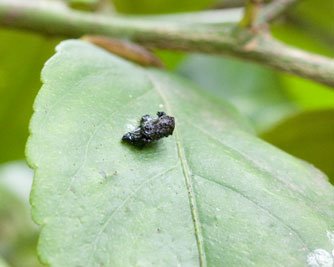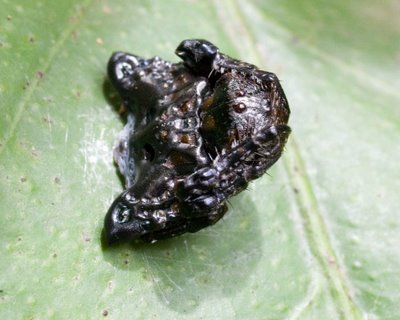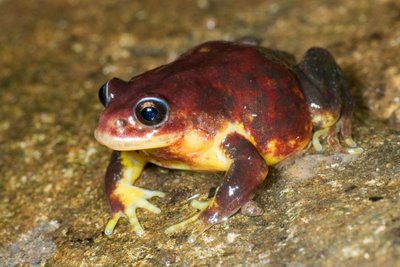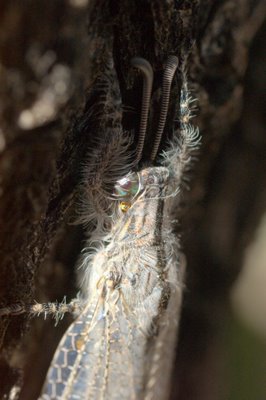
... also known as the saga of the sugar-glider nestbox spycam (codename: possumporn).
You're probably bewildered so I'll start at the beginning, back in 2003 from memory. In my garden I had an Acacia elata which is a large wattle tree species, and during my nocturnal surveys of the garden I discovered that it was being visited by a small and very cute marsupial possum that I identified as the sugar glider (
Petaurus breviceps). Excited to have these visitors, I constructed a nestbox for them, in order to provide an 'artificial hollow' as daytime retreat. Soon, gliders started using the box and I would watch them exit the box in the evening, glide to the nearest tree and disappear for a night's foraging (they feed on sap, manna, flowers and nectar etc.).
I got the idea of being able to see these animals
inside the nestbox, so bought a small spycam, took the box out of the tree after the gliders had left, fitted the spycam in a top corner and rigged up a cable leading to a computer with motion-detection software. Later that night one of the gliders returned to the box and from then on I was able to see the goings-ons inside.
It was great - there were up to three gliders visiting regularly, sleeping, scuffling, scratching, coming and going; the real excitement begun in Spring 2003. The female lay on her back, pouch exposed, and I could see movement within! I then got glimpses of the two babies (very cute!) and eventually the female left them on their own in the nest while she foraged (till then she'd taken them with her). Soon after that, disaster struck.
Feral honeybees moved in. The audio from the box was a constant buzz and the gliders appeared terrified by the intruders. On that first day, it seemed to be 'scout' bees visiting, and probably from different hives too as they were fighting. The gliders scarpered (in daylight, which is a big risk), the female gathering up her young and taking them with her. The next day, the swarm moved in.
I poisoned the bees, cleaned up the box and replaced it. I'd also lined the roof and some of the sides with carpet as this supposedly doesn't give a stable substratum for the bees to build. The gliders must have been spooked and didn't return save for a few odd visits. The box got invaded again, but after a while the bees left. A second box that was given to me also got invaded. The camera cable broke. I was a bit slow to clean up the original box, until a few weeks ago.
I climbed the tree, lowered the box down, took the lid off, only to find a little glider face blinking up at me! It looked around then went back to sleep! I cleaned the camera, removed a bit of wax that was attached to the carpet, and once more put the box in the tree and connected it up.
So the glidercam is back up! There are two (a male and a female) that are regularly staying and visiting the box now. I've attempted to embed a short video that shows the male rubbing the 'ladder' with his forehead then climbing up to exit the box. There is a scent gland on the head (you can see it in the photo above) that is presumably used for territorial marking. A couple of days ago I saw the male rubbing head-to-head with the female! Hopefully the pair are more than just friends and we'll see some babies appearing in the warmer months!
 Snail commented on my previous post:
Snail commented on my previous post:
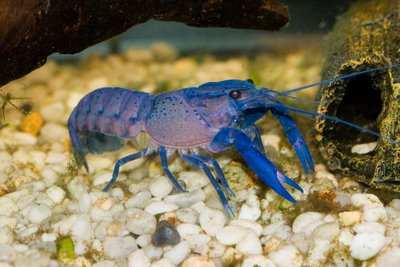



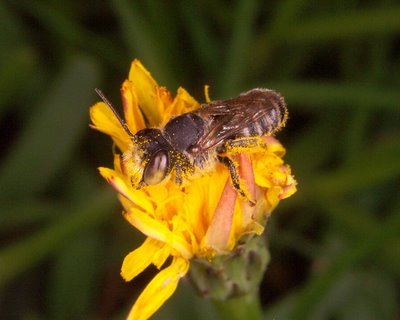
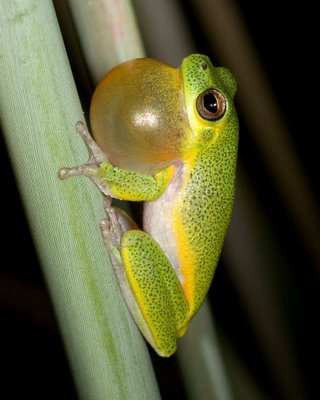



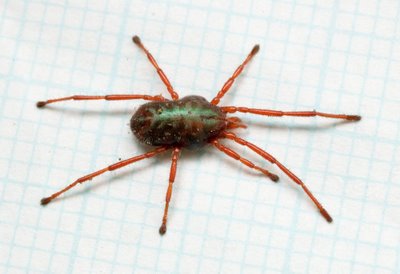
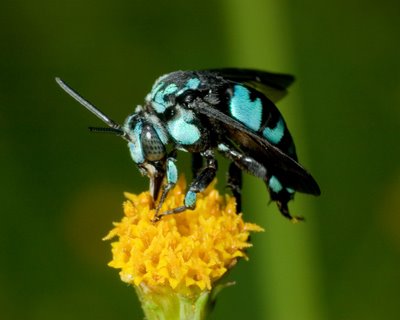
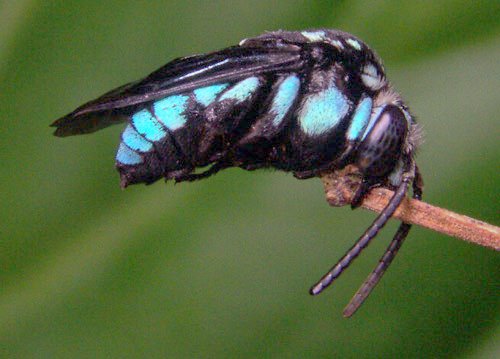 So that's why the bee on the left has to sit all alone out in the cold. I've once come across a dead shrub that was used as a night-time roost by half a dozen or so cuckoo bees. During the day they patrol areas visited by Amegilla bees (and in sunlight the blue really stands out and they can be seen from a long distance), then follow them to their burrow and eventually enter it (presumably when the host is absent) and lay an egg inside. Some cuckoo bees are equipped special mandibles used to kill any host offspring already present. Strangely enough, there have been reports that the host offspring isn't always killed, and it can make it through to adulthood - though it's malnourished and emerges at 1/4 of the size of a normal individual.
So that's why the bee on the left has to sit all alone out in the cold. I've once come across a dead shrub that was used as a night-time roost by half a dozen or so cuckoo bees. During the day they patrol areas visited by Amegilla bees (and in sunlight the blue really stands out and they can be seen from a long distance), then follow them to their burrow and eventually enter it (presumably when the host is absent) and lay an egg inside. Some cuckoo bees are equipped special mandibles used to kill any host offspring already present. Strangely enough, there have been reports that the host offspring isn't always killed, and it can make it through to adulthood - though it's malnourished and emerges at 1/4 of the size of a normal individual.